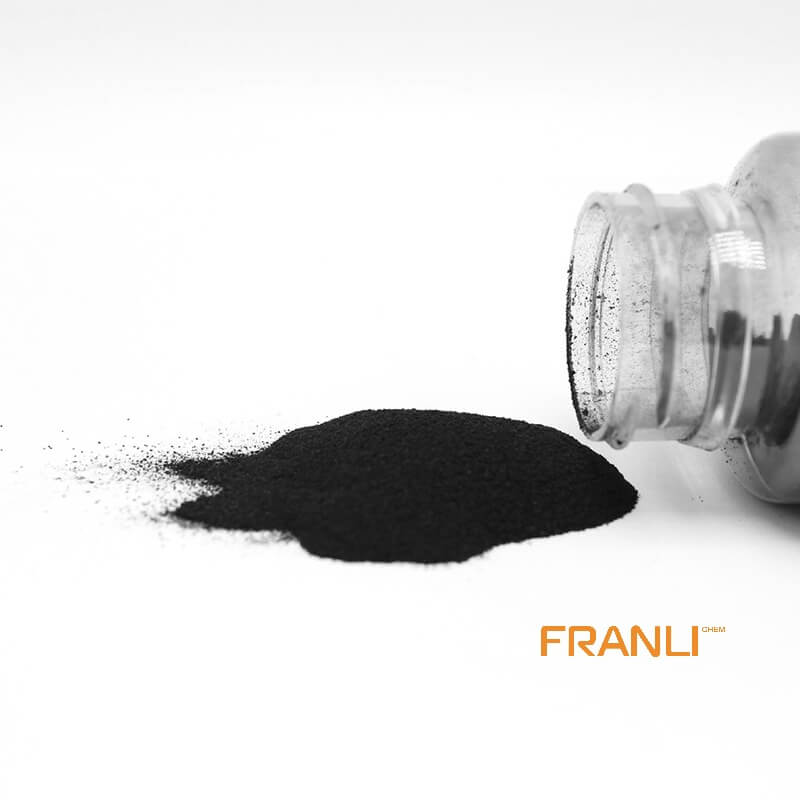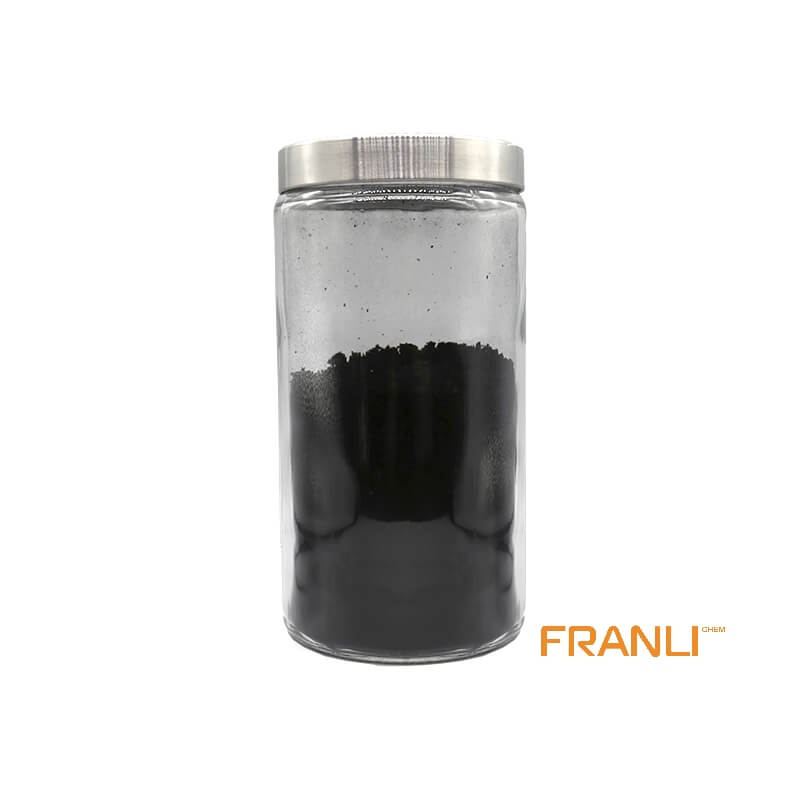

Graphene
Size
1-2nm thick x 0.5-5microns wide
Package
According to customer requirements
Features
High strength, high electrical conductivity, etc.
Application
Can be used as filler(between 0.01% and 5%).
Graphene, as the thinnest, toughest and best conductive nano material found at present. It is a two-dimensional crystal composed of carbon atoms stripped from graphite material with only one layer of atom thickness. Known as “black gold”, it is “the king of new materials”. Scientists even predicted that graphene “will completely change the 21st century”.
Request a quoteGraphene has a single-layer two-dimensional honeycomb lattice structure, which is the thinnest known two-dimensional material in the Franli factory. Its absorbance is only 2.3%, so it is almost transparent. From a microscopic point of view, Graphene is resistant to elastic wrinkles., the overall stability, especially in the anti-corrosion process plays a major role.
At the same time, it is also the crystal material with the highest strength and hardness known so far. In addition, the carbon on a single layer of graphene is all surface atoms, which makes it the basis for constructing carbonaceous materials in other dimensions. In addition, the disordered state of graphene will affect the properties of graphene, and the structural defects of graphene can be exploited.

Anticorrosion principle of graphene
(1) Physical barrier effect:Graphene has good corrosion resistance and compact structure, which can effectively block oxygen, water and corrosive substances. The thin film is prepared with graphene and attached to the metal surface, so that oxygen, water and other substances are completely isolated from the metal and play a barrier role. Graphene can also be added to the original paint to reduce the voids on the surface of the paint and play a protective role of internal and external barriers.
(2) Electrochemical anticorrosion Graphene is extremely conductive, so it is often used as an electrode material. In the early stage of the corrosion reaction, it is easy to form a galvanic cell. At this time, the free electrons generated in the anode reaction can be transferred to the surface of the coating through the electrical channels formed by the tightly stacked graphene, which reduces the free electrons on the surface of the substrate and prevents the Further corrosion occurs. At the same time, when graphene is also used in zinc-rich anti-corrosion coatings, zinc particles are added to the surface of the substrate as an anode, and the substrate is used as a cathode to be protected by stone.
(3) Hydrophobicity A large part of the corrosion of materials is caused by the high humidity environment. Ordinary anti-corrosion coatings add some oily substances to increase their water resistance, but it is easy to cause pollution. The graphene surface has the characteristics of high hydrophobicity and strong performance, which can prevent the adhesion of moisture in the air and the environment, thereby inhibiting the growth of some microorganisms and playing a role in preventing corrosion of the base material.

The role of graphene in anti-corrosion coatings
(1)Graphene film:Graphene films are usually prepared on metal surfaces, such as copper alloys, steels, aluminum alloys, nickel, titanium, and magnesium alloys. Due to the stability of its physical and chemical properties, the graphene film is difficult to corrode and can effectively protect the attached material.
(2) Graphene functional modification:Functional modification is the addition of new functional groups on the surface of materials by chemical methods, which is a basic technology in materials science. Graphene with complete structure is a two-dimensional crystal, and the internal carbon atoms are connected in a two-dimensional plane, but not completely in the same plane. When subjected to external force, the carbon atomic plane will deform to maintain the structure stability. The surface of graphene is inert, and only shows good solubility in non-polar solvents, which can adsorb and desorb various atoms and molecules.
(3) Graphene filler:As a high-performance resin, epoxy resin is widely used in many fields such as intelligent machinery, automobile assembly, chemical and chemical industry, among which the largest amount is used in the coatings industry.
As a high-performance resin, epoxy resin is widely used in many fields such as intelligent machinery, automobile assembly, chemical and chemical industry, among which the largest amount is used in the coatings industry.
The Franli factory mainly produces graphene, and now many customers purchase graphene for material coatings. After a long period of observation, the graphene in the Franli factory is very stable in corrosion resistance, which has brought huge benefits to customers. The application of graphene in the field of anti-corrosion coatings in my country is still in its infancy. With the continuous development of society and the material industry, graphene anti-corrosion coatings with good barrier flexibility, stable chemical properties, and excellent electrical and thermal conductivity will surely become more and more popular. more people’s attention.



